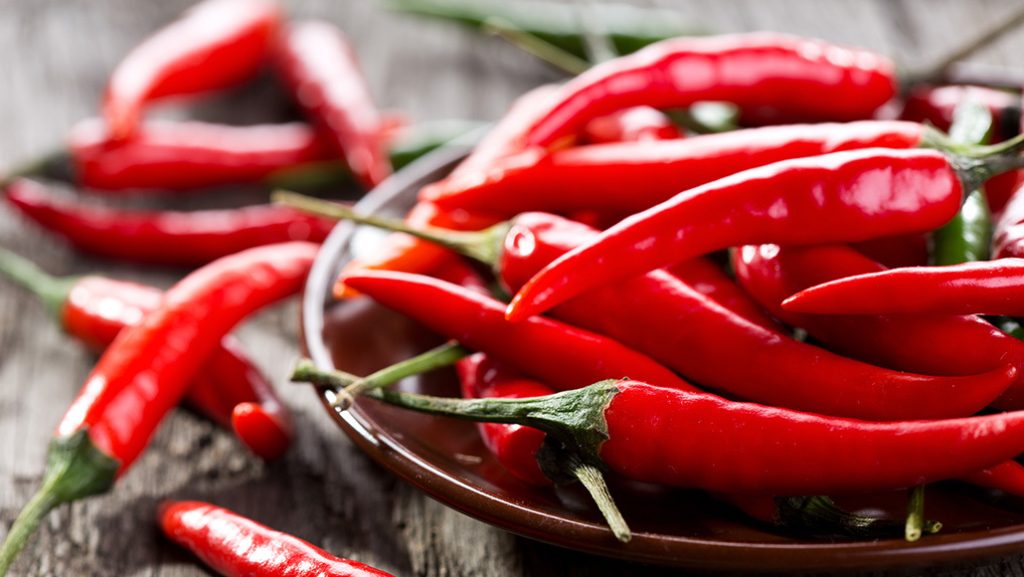A new portable device can reveal a chili pepper’s heat

Just how hot is your chili pepper? A new chili-shaped device could quickly signal whether adding the pepper to a meal might set your mouth ablaze.
Called the Chilica-pod, the device detects capsaicin, a chemical compound that helps give peppers their sometimes painful kick. In general, the more capsaicin a pepper has, the hotter it tastes. The Chilica-pod is sensitive, capable of detecting extremely low levels of the fiery molecule, researchers report in the Oct. 23 ACS Applied Nano Materials.
The device could someday be used to test cooked meals or fresh peppers, says analytical chemist Warakorn Limbut of Prince of Songkla University in Hat Yai, Thailand. People with a capsaicin allergy could use the gadget to avoid the compound, or farmers could test harvested peppers to better indicate their spiciness, he says.
A pepper’s relative spiciness typically is conveyed in Scoville heat units — an imperfect measurement determined by a panel of human taste testers. Other more precise methods for determining spiciness are time-intensive and involve expensive equipment, making the methods unsuitable for a quick answer.
Enter the portable, smartphone-compatible Chilica-pod. Built by Limbut and colleagues, the instrument’s sensor is composed of stacks of graphene sheets. When a drop of a chili pepper and ethanol solution is added to the sensor, the capsaicin from the pepper triggers the movement of electrons among the graphene atoms. The more capsaicin the solution has, the stronger the electrical current through the sheets.
The Chilica-pod registers that electrical activity and, once its “stem” is plugged into a smartphone, sends the information to an app for analysis. The device can detect capsaicin levels as low as 0.37 micromoles per liter of solution, equivalent to the amount in a pepper with no heat, one test showed.
Limbut’s team used the Chilica-pod to individually measure six dried chili peppers from a local market. The peppers’ capsaicin concentrations ranged from 7.5 to 90 micromoles per liter of solution, the team found. When translated to Scoville heat units, that range corresponds to the spice of peppers like serrano or cayenne — mild varieties compared to the blazing hot Carolina reaper, one of the world’s hottest peppers (SN: 4/9/18).
Paul Bosland, a plant geneticist and chili breeder at New Mexico State University in Las Cruces who wasn’t involved in the study, notes that capsaicin is just one of at least 24 related compounds that give peppers heat. “I would hope that [the device] could read them all,” he says.